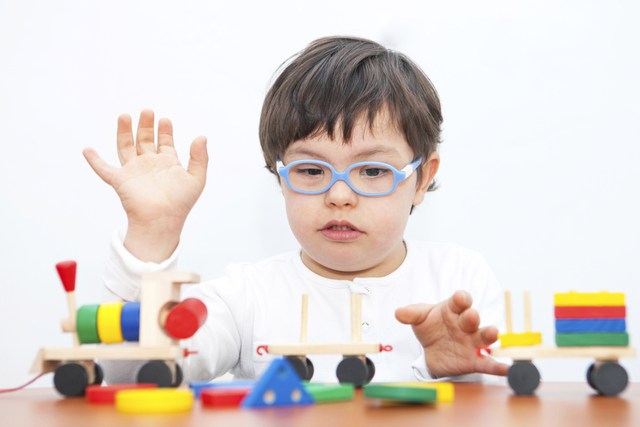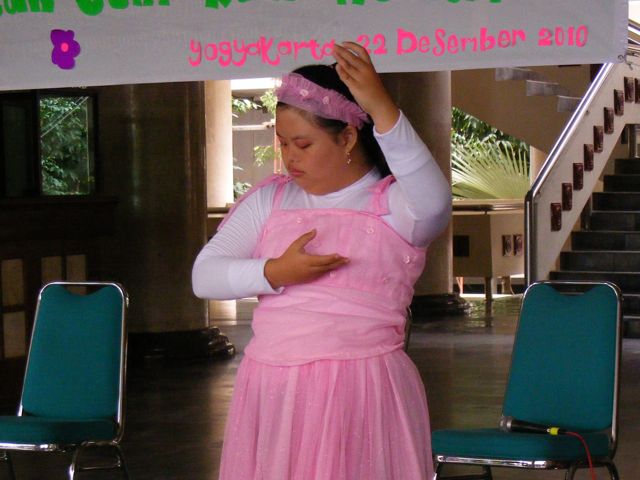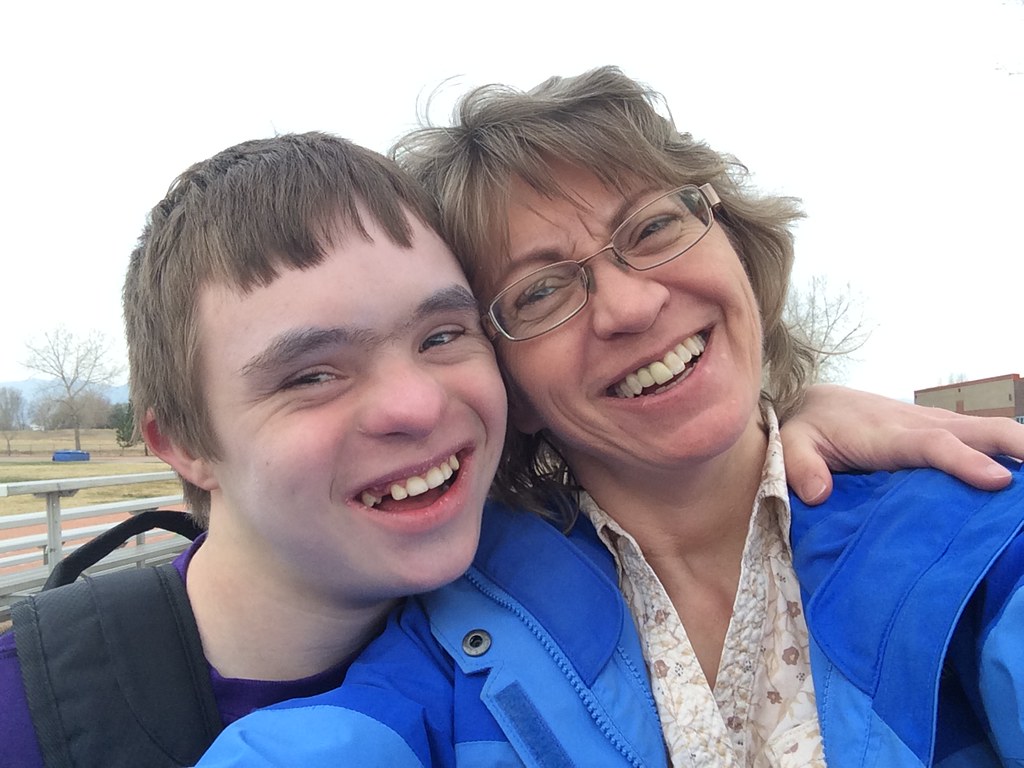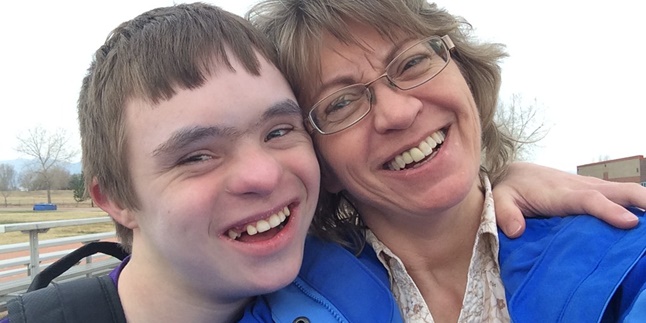Kapanlagi.com - When children laugh, which parent's heart is not happy to see it? Child health expert Nikki Bush states that laughter has positive effects on children's emotions and bodies. Physically and emotionally, this is why children have more humorous traits than adults. In fact, a study found that on average, children laugh 200 times a day, while adults only laugh around 15 to 18 times a day. Laughing symbolizes happiness, and happiness indicates that children are in a healthy condition. Unfortunately, not all children in the world are born healthy and perfect. There are children who have limitations commonly known as children with special needs.
Children with special needs (ABK) are children who experience deviations, abnormalities, or disabilities in terms of physical, mental, emotional, and social aspects. Actually, if children with special needs are handled from the beginning, all their talents and abilities can be explored and beneficial for their future. There are several types of children with special needs that you must know, as follows.
1. Visually Impaired

(credit: flicker)
Visually impaired is a child who experiences visual impairment, either total or partial blindness. Even though they have been provided with tools, visually impaired individuals still require special education for themselves. There are certain conditions where someone can be considered visually impaired.
Someone can be called visually impaired when they use their sense of touch and hearing as the main channels for learning. They may have a little perception of light, perception of shapes, or they may not be able to see at all. Visually impaired individuals usually use braille as a reading medium and require orientation and mobility training.
2. Hearing Impaired
Hearing impaired is a child who has lost all or part of their hearing ability. Therefore, they are unable or have limited ability to communicate verbally, and even though they have been provided with hearing aids, they still require special educational services.
Congenital hearing impairment is usually caused by genetic mutations, inherited from parents, or exposure to diseases during pregnancy. On the other hand, hearing impairment that occurs after birth is usually caused by prolonged exposure to loud noises, age, injury, and certain diseases such as infections.
3. Tuna Laras

(credit: flicker)
The types of children with special needs are further divided into tunalaras. Tunalaras refers to children who have difficulties in self-adjustment and exhibit behavior that is not in accordance with the norms prevailing in the age group or society in general.
The development that occurs in tunalaras children is not much different from children without disabilities. However, due to the emotional disturbances they have, it affects their cognitive aspects, causing them to lose interest and concentration in learning, as well as affecting their personality and social skills, which makes them unable to compete with their peers.
4. Tunadaksa
Tunadaksa is a type of special needs child who has permanent abnormalities or disabilities in the musculoskeletal system, such as bones, joints, and muscles. The term tunadaksa comes from the word tuna, which means lacking, and the word daksa, which means body. Therefore, tunadaksa is a subtle term for people with physical abnormalities, especially in their legs, hands, or other body parts.
5. Intellectual Disability (Down Syndrome)

(credit: flickr)
The last type of special needs child is intellectual disability. Intellectual disability is a child who clearly experiences obstacles and developmental delays far below average. Therefore, they have difficulties in academic tasks, communication, and social interaction.
6. Characteristics of Special Needs Children
After knowing the types of special needs children, for those who are already or will become parents, you can monitor your child's development to minimize disabilities. Therefore, you must also know the characteristics of special needs children to detect them early. The characteristics are as follows:
-Lack of speech ability,
-No happy response or smile until 6 months of age,
-Not imitating sounds or facial expressions until 9 months of age,
-Not giving body gestures until 14 months of age,
-Not saying a single word until 16 months of age.
7. Handling Special Needs Children

(credit: flicker)
The role of parents is crucial as the main role in dealing with special needs children. Parents must accept all conditions of the child and be open-minded in finding the right efforts and methods to educate them. Instill in yourself that special needs children are not a disgrace that needs to be hidden. Children with special needs certainly require more motivation, attention, and guidance compared to other children. With great attention and motivation, it will certainly help the child develop better.
Of course, it is not easy and requires extra patience for parents who handle special needs children, but all of this is for the optimal development of the child. Adaptation is needed between caregivers, parents, and the special needs child themselves. If this adaptation does not go smoothly, then all efforts made will not help the child's development. But when the adaptation process can go smoothly and well, it will certainly make all subsequent processes run smoothly. Good adaptation will help parents understand the condition, emotions, and potential of special needs children.
(kpl/dtm)
Disclaimer: This translation from Bahasa Indonesia to English has been generated by Artificial Intelligence.
















